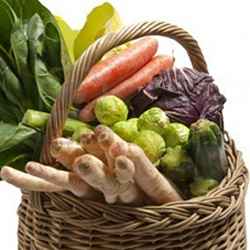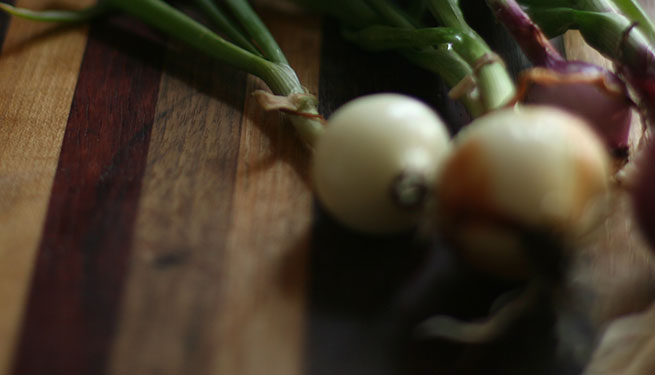 Move over, spring. Autumn is the most beautiful of all seasons! Especially if you planned your garden well and now have a good selection of maple trees, with leaves just waiting to burst into the spectacular show of autumn colours.
Move over, spring. Autumn is the most beautiful of all seasons! Especially if you planned your garden well and now have a good selection of maple trees, with leaves just waiting to burst into the spectacular show of autumn colours.
If you (sadly) neglected to plant a maple or two, do it now, for the autumns to come.
In the meantime, console yourself with an autumn vegetable garden. It’s easy to plant, and it holds the promise of things that please the palate.
Most vegetables like sun and plenty of water, so plan the position of your veggie patch accordingly. You may want to place it close to the window, for the sheer pleasure of watching your beets, Brussels sprouts, broccoli, cabbage, carrots, cauliflower, celery, chard, collards, garlic, kale, leeks, lettuce, mustard greens, onions, peas, potatoes, radishes, spinach and turnips grow. Plus, you’ll be able to spot a problem as soon as it materialises (a roving cat, for example) and hop quickly outside to nip it in the bud.
There, we already gave you the list of some of the veggies that are suitable for planting in autumn.
Now, a few words about the size of your patch.
Those in the know say that one metre wide by two metres long are the ideal measurements. While you can make your patch longer without suffering any ill consequences, do bear in mind that anything wider than one metre means that you’ll have to plan for access routes from both sides, or to make a path through the middle.
Protecting your vegetable garden is your top priority. If there are dogs or cats around, you may need a fence. Chicken wire will usually do the job. It will also keep out small animals like mice and squirrels. Some gardeners recommend placing a piece of wire mesh under the garden bed to prevent burrowing animals from eating the roots of your plants.
Bird netting, shiny aluminium pie plates, colourful streamers, plastic owls and similar objects, strategically positioned over or around the patch, ought to keep the flying creatures away too. The problem is, if the birds cannot get to your veggies, the bad bugs will thrive.
So, be ready to embrace (some) loss and plant extra. If you keep the soil in good condition and the plants healthy, your vegetable patch should bear enough produce for you and the birds (plus an odd bad bug or two). Remember, an edible plant that is not picture-perfect in appearance is a good plant, because it appeals to all creatures.
Don’t stress out over a half-chomped leaf, and enjoy your vegetable garden. There are few things more fulfilling than picking up and eating the freshest and tastiest crop, the one that you grew yourself.
From seed to plate
As for the all important question: how long will you gave to wait between sowing the seeds and harvesting, the answer’s on the back of the seed pack you buy… Only, don’t take it too literally, because the waiting time depends on many factors, like soil quality, temperature, humidity, exposure to the sun, etc. Here are some seed-to-harvest lead times:
- Carrots: 7 to 11 weeks.
- Broccoli: 11 to 15 weeks, sometimes up to 20 weeks.
- Onions: 8 to 10 weeks.
- Peas: 8 to 10 weeks.
- Potatoes: 12 to 20 weeks.
- Spinach: 6 to 8 weeks.
- …and so on…










